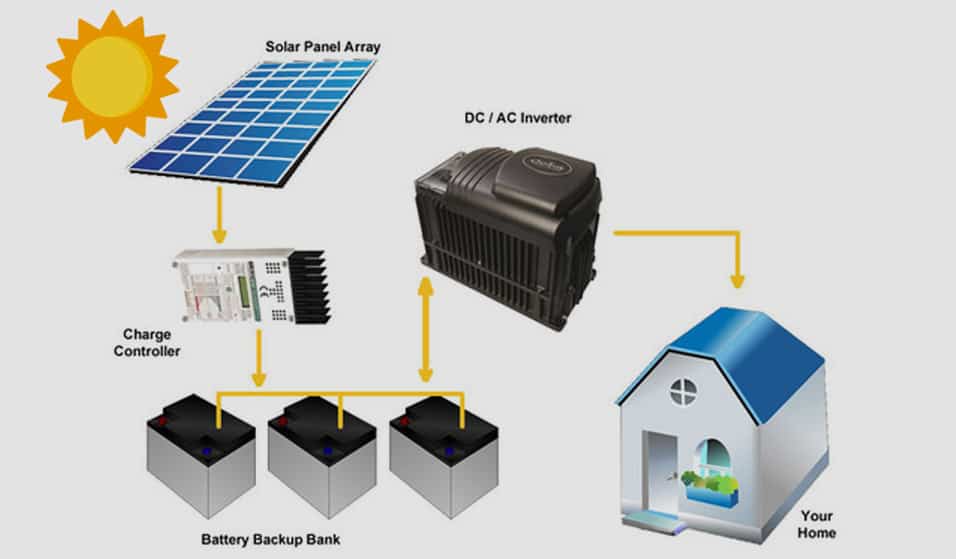An off-grid solar system is a stand-alone power system that enables you to generate and store your own electricity without being connected to the main electricity grid. These systems typically include solar panels, batteries, inverters, and other components to convert sunlight into usable electricity.
Understanding Off-Grid Solar Systems and Why Target Solar Stands Out
When we talk about off-grid solar, we’re referring to a self-sufficient electrical setup that operates independently of the traditional power grid. So, you may wonder, how does one meet all their electrical needs without relying on mainstream electrical supply? The answer lies in the power of off-grid or stand-alone solar systems.
These systems are designed to empower you with electrical independence, particularly in remote regions where conventional electricity is either unreliable or prohibitively expensive. In essence, an off-grid solar system comprises solar panels—usually mounted on the roof or ground—a charge controller, a battery bank for energy storage, a backup diesel generator integrated with the solar setup, and an inverter that synchronizes all these components. Battery storage is a crucial part of this configuration, often making up to 40% of the system’s total lifetime cost.
Why Choose Target Solar’s Off-Grid Systems?
What sets Target Solar apart from the competition is the ease of maintenance and technological advancement in our off-grid solutions. Our state-of-the-art systems are fully automated, providing you with the convenience of monitoring and control through a Wi-Fi-enabled device.
But that’s not all. The quality of electricity you get from a Target Solar off-grid system is generally superior to what you’d receive from a traditional power grid. Why? Because you’re using energy that you’ve generated yourself, free from any third-party interruptions or fluctuations. This cleaner, more reliable power supply not only gives you electrical independence but can also extend the lifespan of your electrical appliances.
By choosing Target Solar, you’re not just opting for an off-grid system; you’re investing in a higher quality, more reliable, and technologically advanced solution for your electrical needs.






